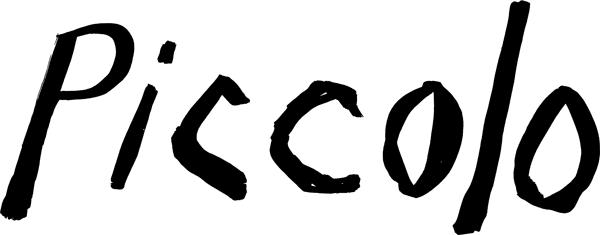Plein Air is the term used to describe on-site works of art, done partly or mostly in natural surroundings. It originated in Western Art during the Impressionist Period in Europe and the Hudson River Period in the United States. Today, Plein Air painting in very popular with vocational artists. Usually the canvas is small, and the medium is primarily oils or acrylic paints. There are some very good watercolorists but the medium is hampered by uncontrolled humidity and sunlight, which can dry the paint too quickly.
Today there are two basic methods of plein air painting: one is the completion of the work entirely on site and the other is a study or an unfinished work that is completed indoors. Personally I prefer to finish on site. However, once again there are constraints such at time of day, available sunlight and weather conditions. The biggest challenge is to avoid a washed out painting due to extreme sunlight. Once viewed indoors, it can look vague and lacking in energy.
This is probably the reason many artists prefer to finish the canvas in their studio.
The question of where to paint is an important one. Does it offer an expansive vista? Is there a water feature? Does a focal point of interest exist or does the artist want to add one from memory or sketches? I painted a sunset at the edge of the Everglades recently and had to return, since the sunset lasted only 5 minutes! Luckily the scene was virtually identical on the next visit and I captured the brilliance of the colors as the sun set over the water. Another time I went to a nature preserve in March, where winter was still evident. On the second visit, there was an abundance of new shoots and greenery. So the painting changed dramatically by accident.
If you are going to attempt to paint outdoors, here are some hints. First, find a group that meets and suggests venues. I belong to Plein Air Palm Beach, a meetup.com group. I cannot tell you the wonderful locations I have painted that I had no idea existed. Second, get the right materials. Choose your medium. Oils are harder to clean but easier to execute. Acrylics are a good compromise. Avoid watercolors unless that is your choice in the studio. Third, buy a soccer cart to carry everything you will need: a chair, table, portable easel, painting materials, disposable gloves, rags and paper towels, cleaning solvents, umbrella (optional-I don’t use one). and plenty of bottled water. You must keep hydrating while in the sun. Wear a wide brim hat, long sleeve shirt and slacks, and bring insect repellant. Most artists paint without wearing sunglasses.
I hope you enjoy viewing my plein air paintings found here on the website. You can follow me on Facebook and comment about art related matters.






